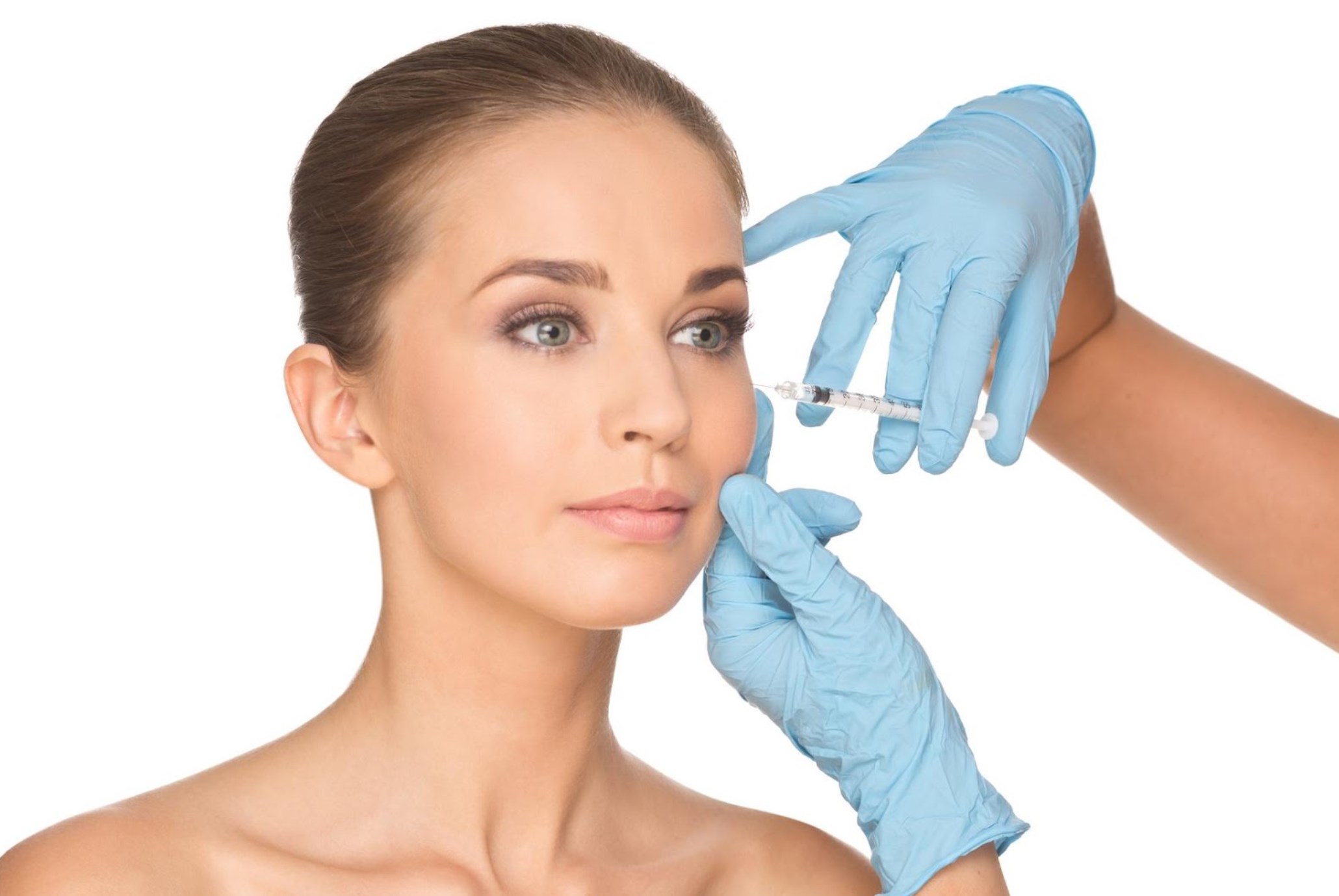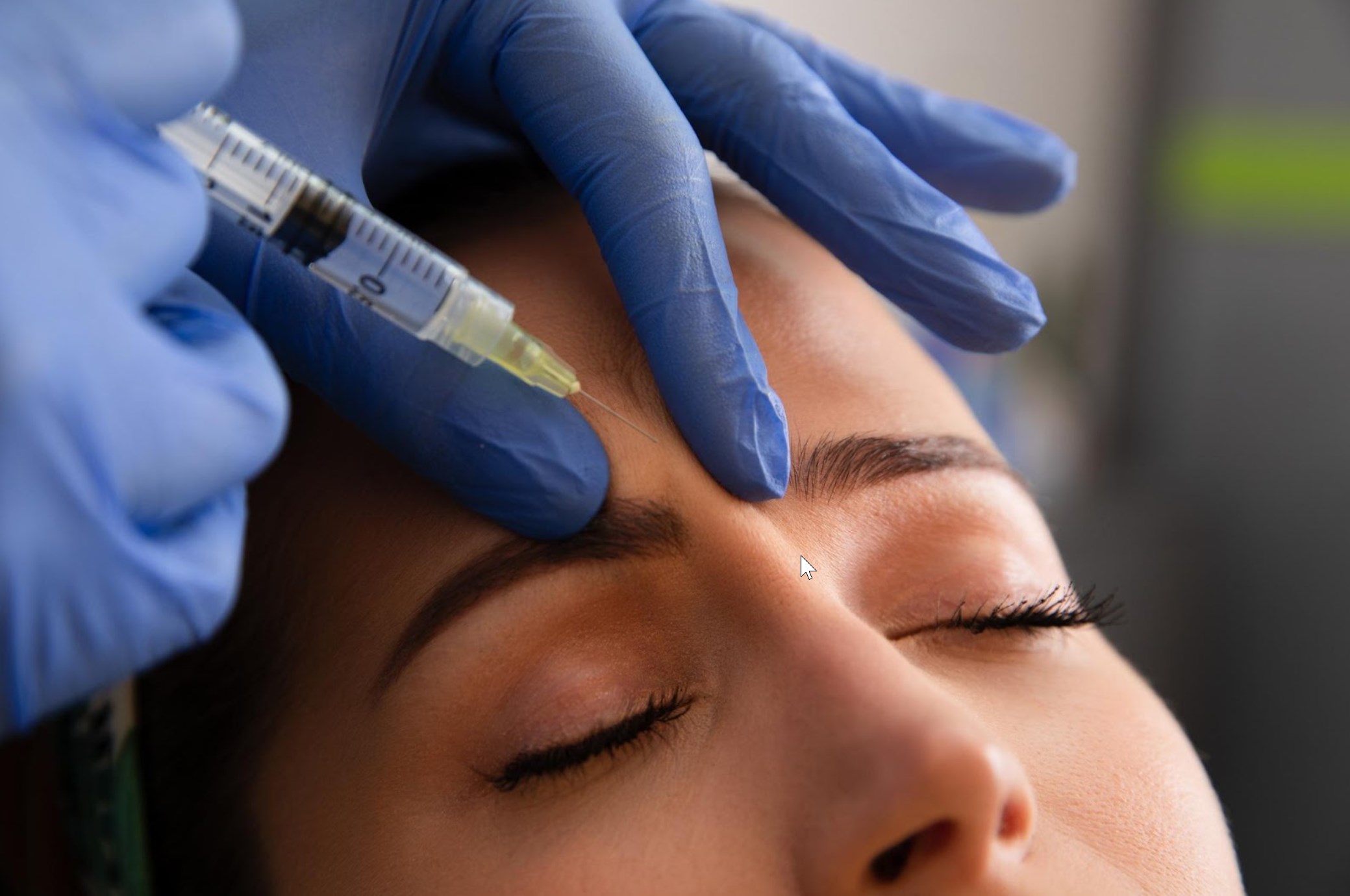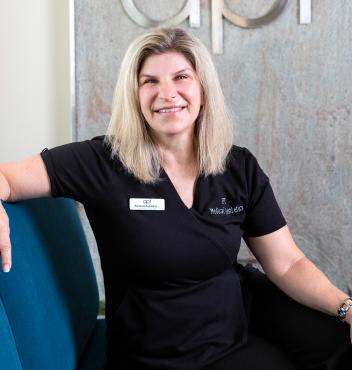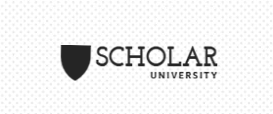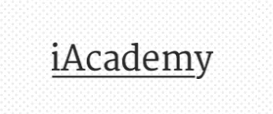blog
Men’s Botox – What New Injectors Should Know About Treating the Male Face
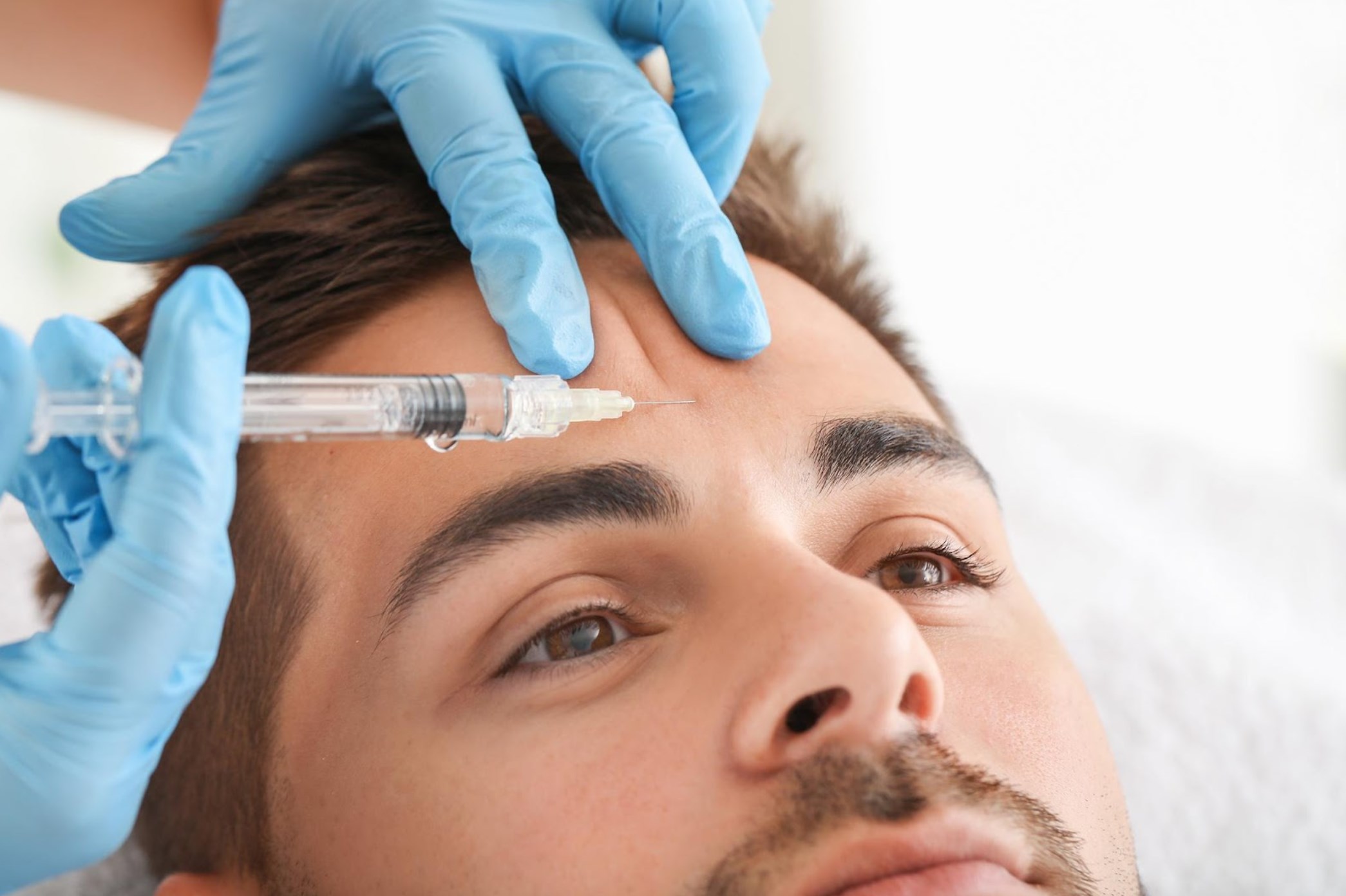
Jul 07 2025
Reading Time: 8 Minutes
Author:
The face of Botox® is changing—and it’s not just female.
From boardrooms to barbershops, more men than ever are turning to cosmetic injectables to stay sharp, confident, and competitive. The rise of men’s Botox (popularly dubbed “Brotox”) is no longer a trend—it’s a movement. Men across the GTA and beyond are booking consultations to address frown lines, crow’s feet, and forehead wrinkles, often with the goal of looking less tired, less stressed, and more refreshed—without appearing overly altered or “frozen.”
But here’s the catch – treating the male face is not as simple as increasing units or tweaking a standard injection pattern. Men have distinctly different facial anatomy, muscle mass, skin density, and aesthetic goals compared to women. Applying the same techniques across the board can lead to unnatural results, such as heavy eyebrows after Botox, flattened expressions, or unintentionally feminized features. And unlike women, who may openly ask for lift or smoothing, men tend to prefer discreet, subtle changes that enhance their masculinity—not erase it.
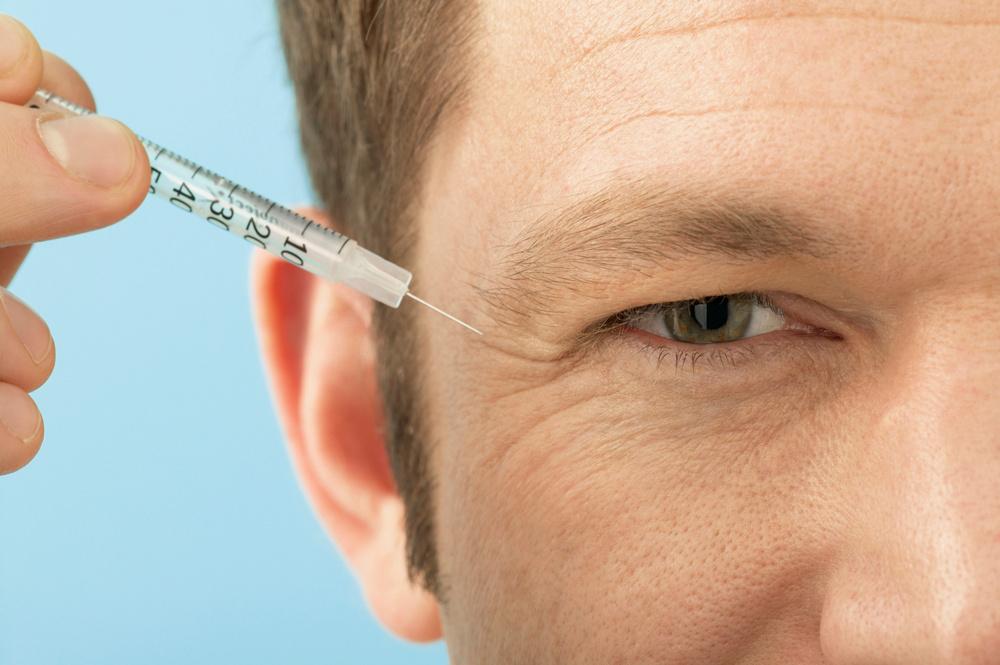
All images used under license from Canva. © APT Medical Aesthetics, 2025. All rights reserved.
This creates both a challenge and an opportunity for injectors. If you’re a new aesthetic provider—or a healthcare professional expanding your injectable services to include male patients—it’s essential to understand the unique considerations involved. Training in men’s Botox requires a nuanced, individualized approach backed by both anatomy and artistry. And most importantly, it demands clinical confidence grounded in education, hands-on mentorship, and real-world case experience.
In this training-focused guide, we’ll explore everything you need to know about treating the male face—from understanding injection depth and dose differences, to preventing complications like Botox brows and brow ptosis. With the right knowledge and preparation, you’ll be equipped to approach your male clientele with professionalism, precision, and results they’ll appreciate—even if they don’t always shout it from the rooftops.
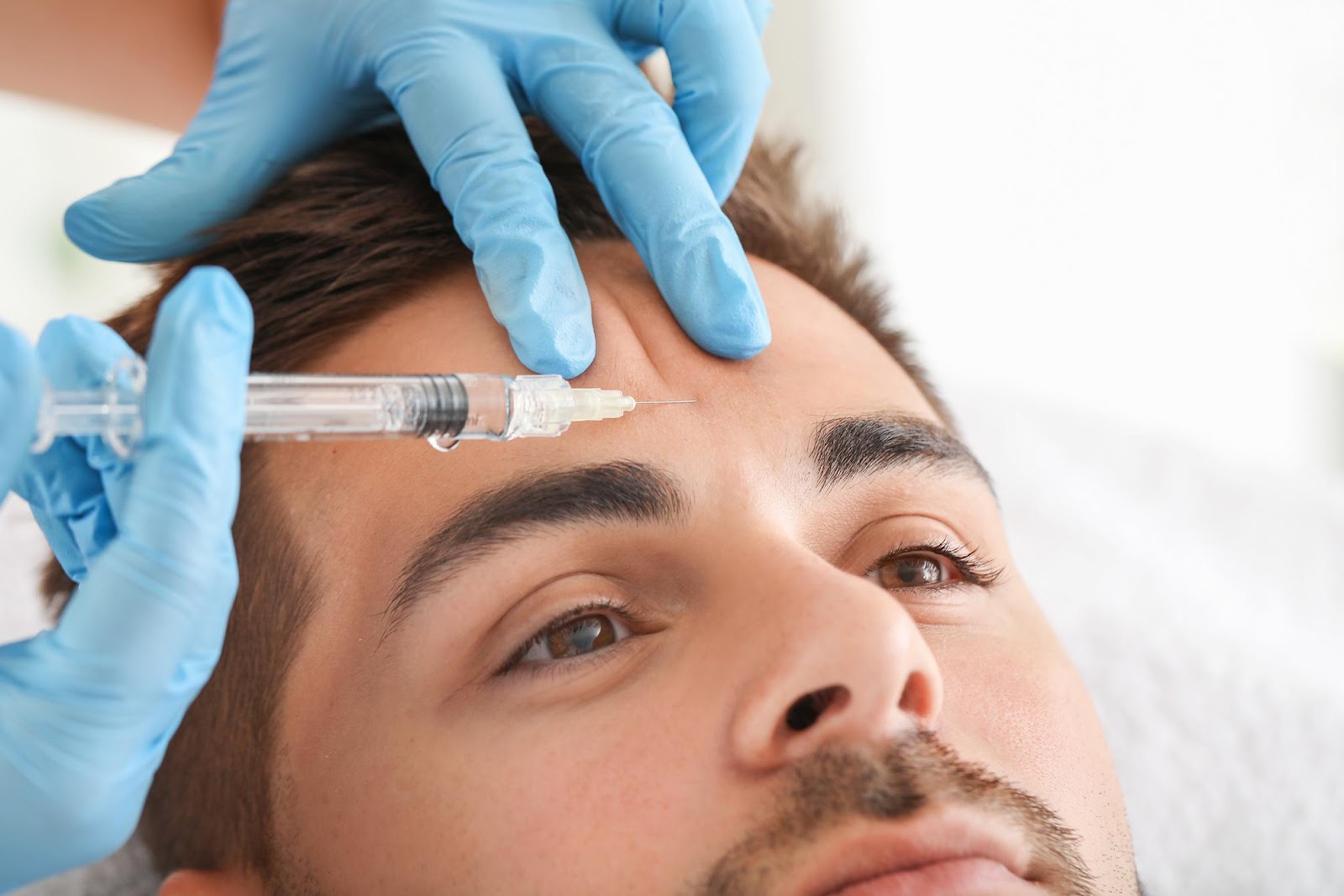
All images used under license from Canva. © APT Medical Aesthetics, 2025. All rights reserved.
A Real-World Example – When a “Standard” Botox Map Fails
During an advanced neuromodulator course at APT Injection Training, one of our students, Alex, shared his first experience treating a male colleague. Using a familiar forehead injection map (designed for female patients), he delivered a full treatment based on units and placements he had practiced many times.
Two weeks later, the patient reported feeling “weird.” His brows had flattened. His eyes looked smaller. What went wrong?
Simple—Alex had applied a feminized aesthetic standard to a masculine face.
With mentorship and live model instruction, Alex learned how to assess the male hairline, frontal bone projection, and natural brow shape to adapt his technique. His second treatment? A much happier patient—and a more confident injector.
Why Male Facial Anatomy Requires a Different Approach
When it comes to delivering safe and effective men’s Botox treatments, understanding male facial anatomy is absolutely essential. One of the most common mistakes new injectors make is assuming that techniques and patterns used for female patients can be simply adapted for men with minor adjustments. In reality, male anatomy differs in several significant ways—and ignoring those differences can lead to poor outcomes, unnatural expressions, or complications like Botox brows or heavy eyebrows after Botox.
To create natural, masculine results, injectors must approach the male face with a trained eye for structure, movement, and proportion. Here’s how the male face typically differs from the female face—and why these variations must guide your clinical decisions when treating male patients with neuromodulators.
- Thicker skin
Men generally have thicker, oilier skin than women, particularly in the upper face. This increased dermal density can affect how botulinum toxin diffuses after injection. Thicker skin may require deeper placement and slightly higher unit dosing to achieve comparable results. If dosing is too conservative, the effect may be minimal or wear off faster—leading to patient dissatisfaction. - Larger muscle mass
Male facial muscles—especially the frontalis (forehead) and glabellar complex (frown lines)—tend to be denser and more powerful than those in the female face. This means men often require a higher number of units to adequately relax targeted muscles and achieve a balanced result. However, dosing must still be strategic—too much product in the wrong area can affect function and alter masculine features. - Heavier, flatter brows
Unlike women, who typically have arched, higher-set brows, men’s brows are naturally flatter and sit closer to the orbital rim. This makes them more susceptible to heaviness if the frontalis muscle (the only brow elevator) is over-relaxed. Injecting too low on the forehead or placing too many units medially or laterally can exaggerate this heaviness, causing the brows to droop or flatten further—a condition often mistaken for Botox gone wrong or brow ptosis. Preserving frontalis function, especially laterally, is critical to maintaining natural male expressions. - More dynamic frontalis activity
Male patients often have more pronounced forehead movement, whether due to habitual expression or stronger underlying muscle tone. Completely freezing this area may not only look unnatural but also interfere with how men communicate emotion. A softer approach that preserves some movement while smoothing deeper lines is usually preferred. This balance between function and aesthetics is key to avoiding an overdone appearance. - Different aesthetic goals
Perhaps most importantly, male patients typically seek very different results than their female counterparts. While many women request noticeable lift, smoothing, or brow shaping, most men want to look “refreshed” or “less angry”—not wrinkle-free or visibly altered. They may be more conservative in their expectations and more sensitive to overcorrection. Understanding these preferences is crucial for building trust, ensuring satisfaction, and avoiding outcomes that patients perceive as too obvious or feminized.
By tailoring your treatment plan to these anatomical and behavioral differences, you’re not just providing a better aesthetic outcome—you’re demonstrating clinical excellence and respect for your patient’s individual goals. Whether you’re working with a first-time male patient or a long-term client looking for refinement, a customized approach grounded in anatomical knowledge will help you deliver safe, masculine, and natural-looking results with confidence.
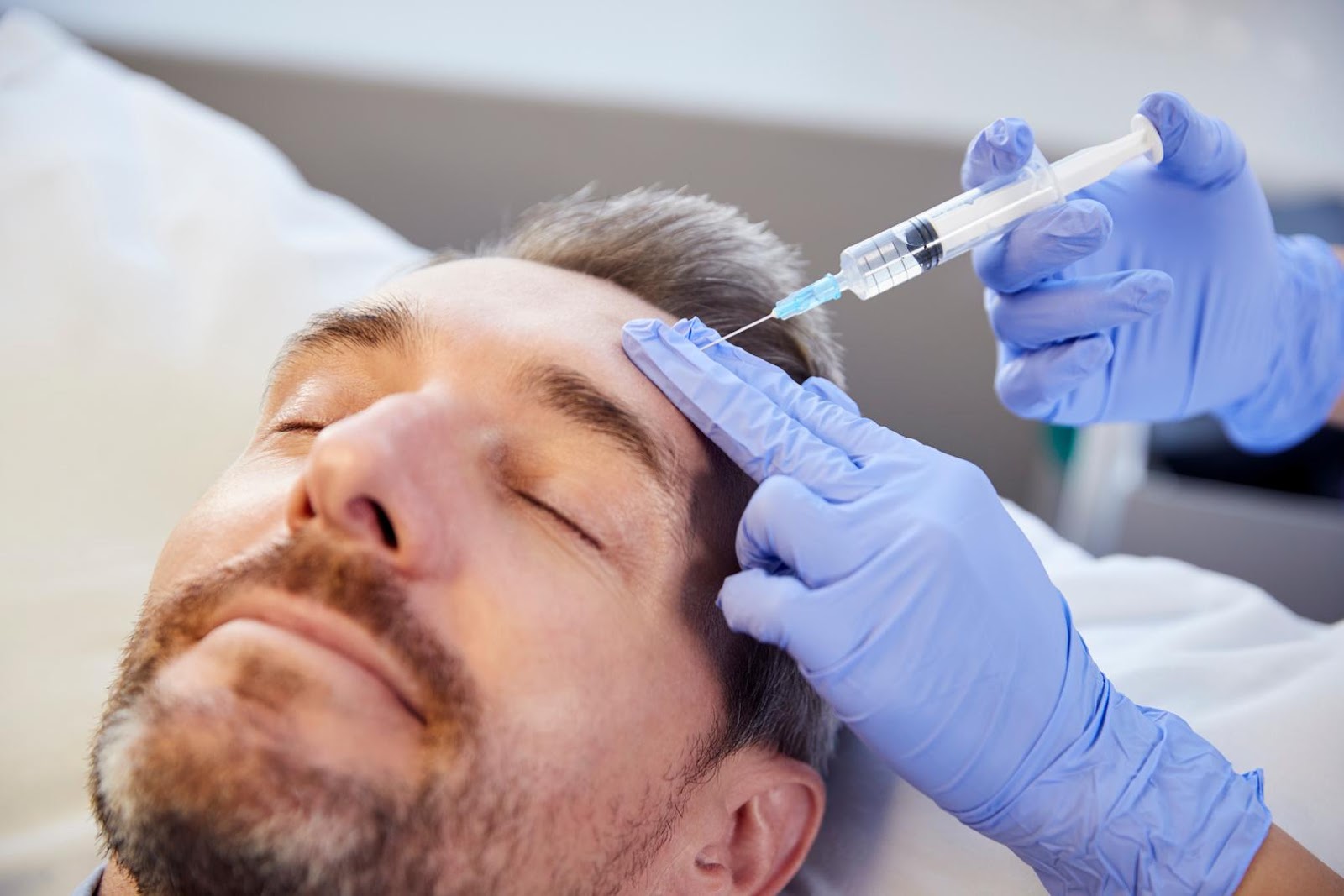
All images used under license from Canva. © APT Medical Aesthetics, 2025. All rights reserved.
Key Mistakes to Avoid When Injecting Botox in Men
Here are the most common errors new injectors make when treating male patients—and how to avoid them.
1. Using the same injection map as for women
A feminine injection pattern—especially in the forehead—can result in undesired lift or feminized expressions. Customize your placement and avoid overtreating the lateral frontalis.
2. Injecting too low on the forehead
This can lead to heavy eyebrows after Botox or even brow ptosis. Stay at least 2 cm above the orbital rim and assess brow position pre-treatment.
3. Underdosing due to fear of overcorrection
Men may need more units to achieve the same effect due to muscle density. Underdosing can lead to patchy results or rapid return of movement.
4. Ignoring expression and baseline asymmetry
Evaluate how the patient uses their forehead and frown muscles in motion. Male asymmetry is common and may require tailored dosing per side.
5. Failing to communicate treatment goals
Men often prefer natural results and may be more hesitant than women. Take time to explain what Botox does, set expectations, and emphasize subtle improvement.
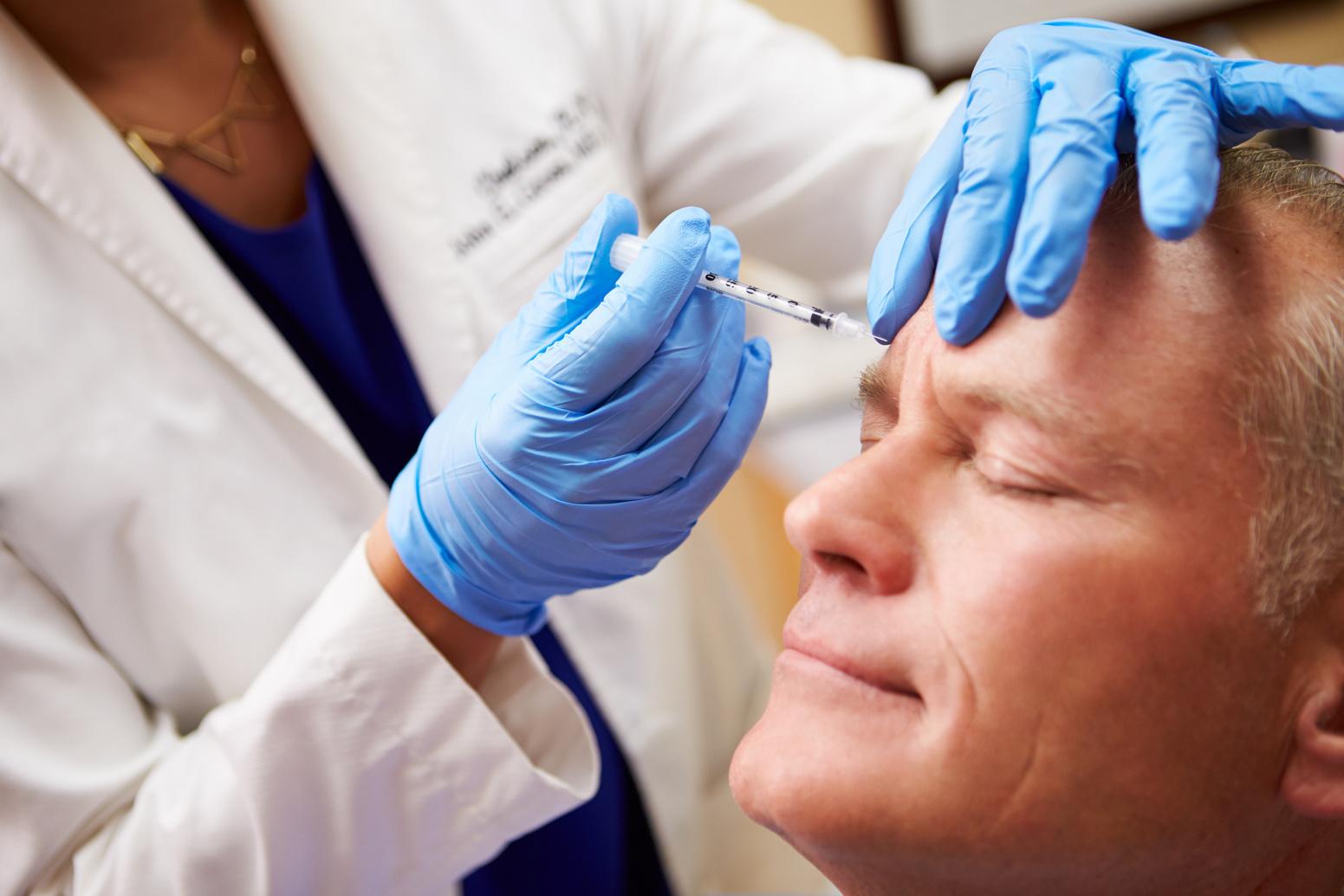
All images used under license from Canva. © APT Medical Aesthetics, 2025. All rights reserved.
What Areas Can You Safely Treat With Men’s Botox – A Strategic Approach
While most male patients request treatment for the upper face, here’s a breakdown of common treatment areas and considerations.
Glabella (frown lines)
- Often stronger in men
- May require 20–30 units depending on muscle strength
- Ideal for softening angry or intense expressions
Frontalis (forehead lines)
- Requires caution to avoid flattening the brow
- Treat conservatively and avoid lateral units unless needed for symmetry
Crow’s feet
- Can enhance a rested appearance without feminizing
- Dose conservatively to preserve natural smiling expression
Masseter (jawline slimming or bruxism relief)
- Popular with younger male clients
- Requires 30–40 units per side for functional or aesthetic impact
Chin dimpling or pebbling
- Corrects mentalis hyperactivity
- Often part of lower face harmonization
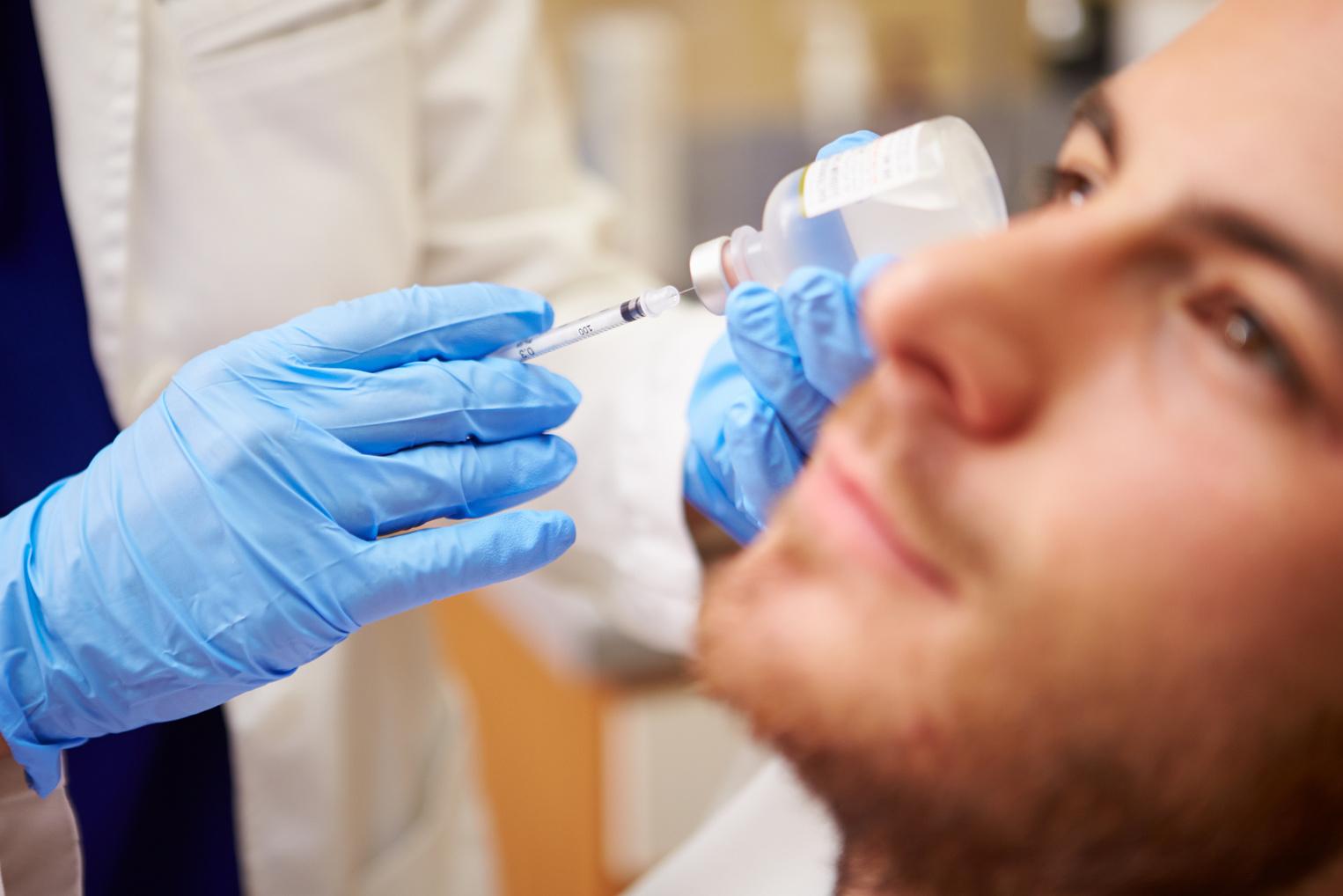
All images used under license from Canva. © APT Medical Aesthetics, 2025. All rights reserved.
FAQs – Treating Male Patients With Botox
Q – Do men need more Botox than women?
A – In most cases, yes. Men have denser skin and stronger muscle mass, especially in the glabella and frontalis, which often require higher doses for effective treatment.
Q – Can treating men with Botox feminize their features?
A – Not if done correctly. Feminization typically occurs when injectors use patterns or aesthetic goals designed for female faces. A male-tailored approach maintains masculine features and expression.
Q – How do I avoid heavy brows in men after Botox?
A – Avoid overtreating the lower forehead. Preserve enough frontalis activity to counteract depressors. Always assess brow position and movement at baseline.
Q – Are men satisfied with subtle results?
A – Most male patients prefer subtlety and natural-looking outcomes. They’re not seeking perfection—they want to look like themselves, just more rested or less stern.
Ask Yourself This – Are You Confident Treating Male Faces or Just Hoping for the Best?
When a male patient books with you, do you assess their facial proportions, brow position, and muscle strength before injecting? Or are you relying on a treatment map designed for someone else?
Are you confident explaining how male results differ—or do you avoid discussing expectations altogether?
Men’s Botox is a growing market, but it demands advanced skill, clinical judgment, and a customized approach. If you’re unsure where to begin or how to adjust, advanced injector training is the key to success.
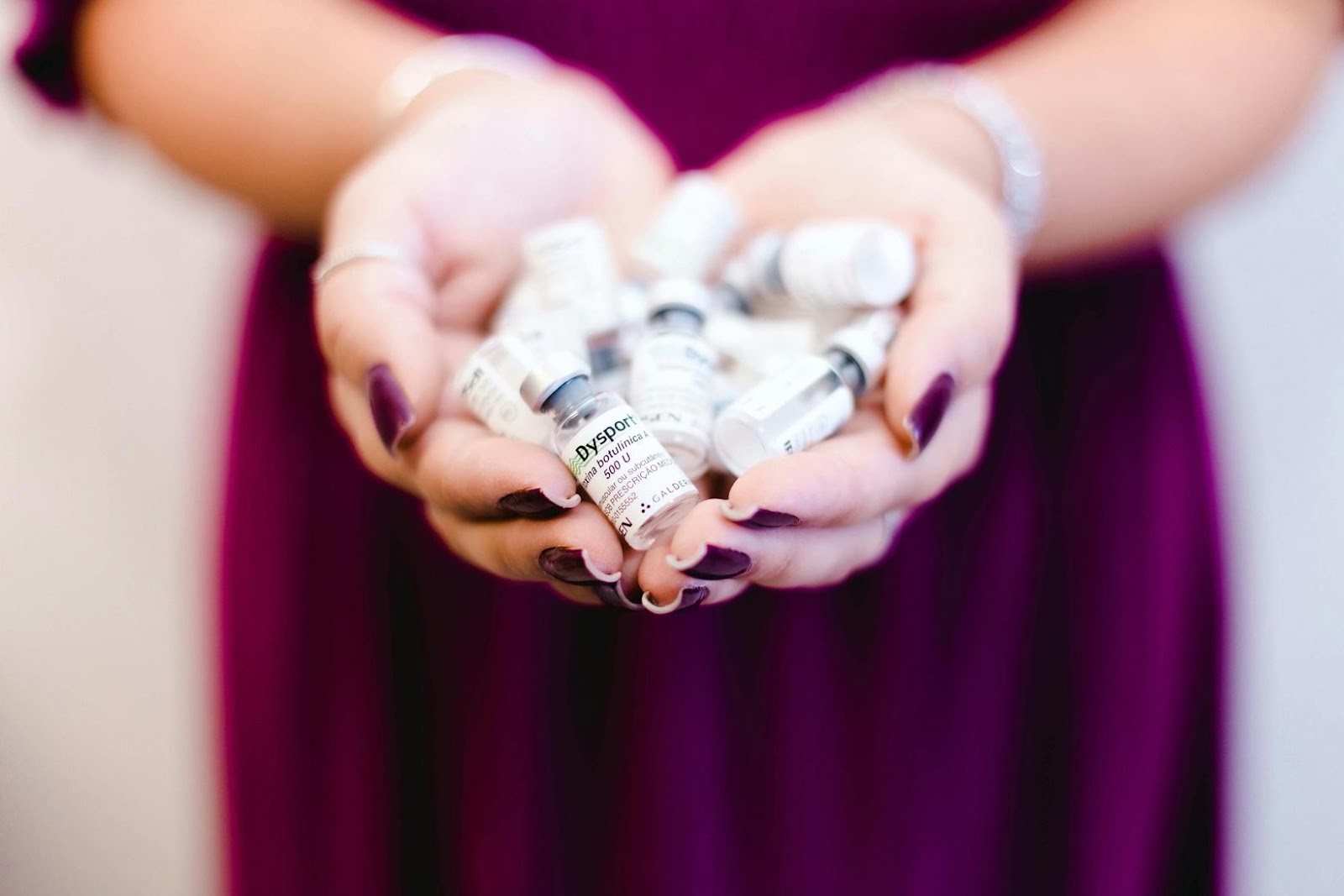
All images used under license from Canva. © APT Medical Aesthetics, 2025. All rights reserved.
How APT Injection Training Prepares You to Treat Men With Confidence
At APT Injection Training, we teach more than injection points—we teach injectors how to assess, adapt, and deliver patient-specific treatments. Our training goes beyond the basics to equip healthcare professionals with the skills to treat diverse faces, expressions, and goals.
Here’s what our training offers.
- Detailed facial anatomy education – Learn how male and female anatomy differs and how to treat each effectively
- 2:1 trainee-to-trainer ratio – Maximize hands-on experience with expert supervision
- Live model practice – Work with real patients and receive immediate feedback
- Mentorship from clinical experts – Get guidance from seasoned injectors with over 20 years of experience
- Training in complication prevention – Learn how to avoid Botox gone wrong, especially in complex presentations like male brow heaviness
Whether you’re just starting your injectables career or expanding your services to male clientele, our GTA-based programs are designed to elevate your clinical judgment and confidence.
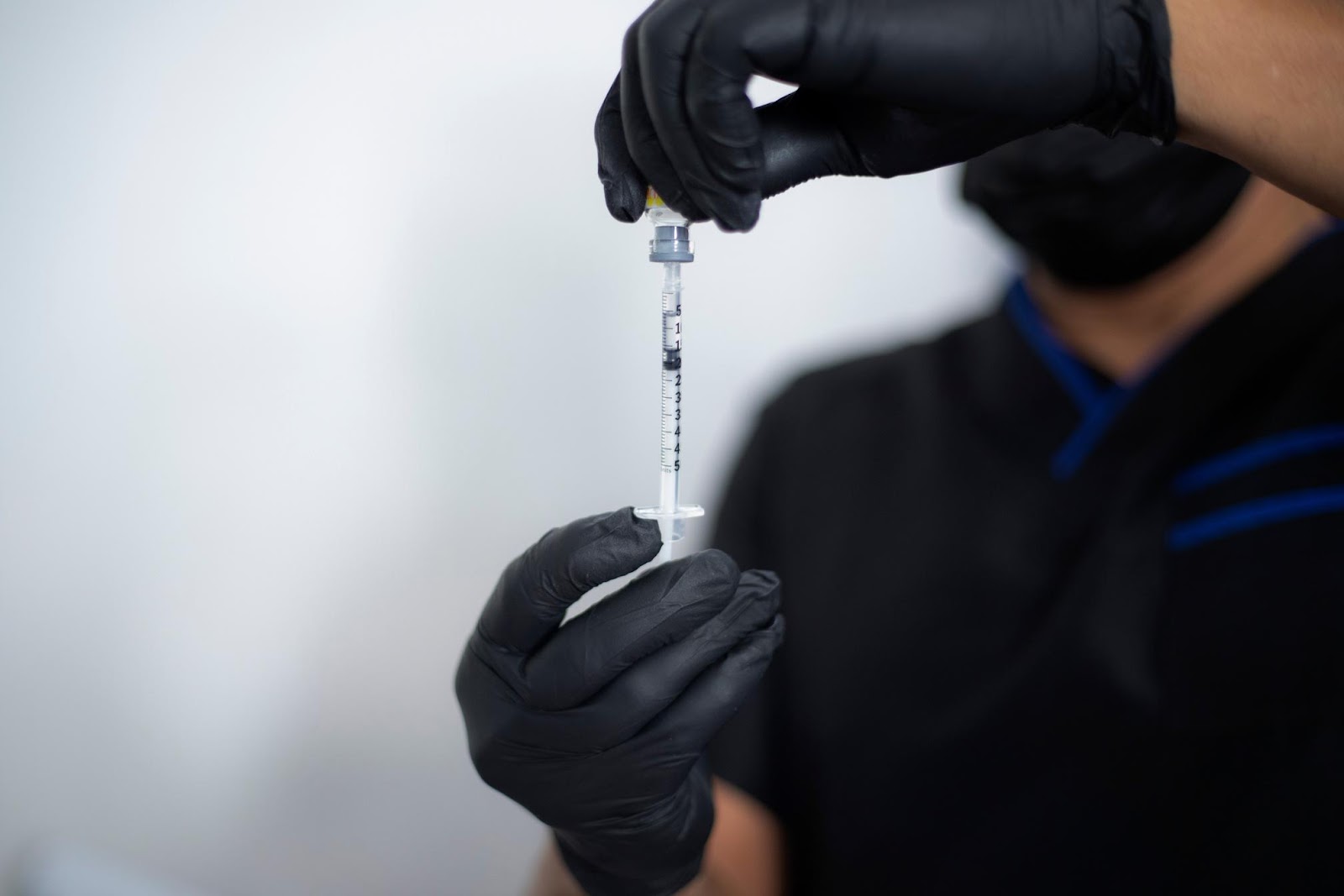
All images used under license from Canva. © APT Medical Aesthetics, 2025. All rights reserved.
Ready to Master Men’s Botox and Expand Your Aesthetic Practice?
The male aesthetic market is growing—and the opportunity to stand out starts with proper training. If you want to treat men safely, effectively, and ethically, APT Injection Training is your next step.
Train with Ontario’s most trusted aesthetic education team and become the go-to injector for both men and women.
📞 (289) 271-5718
✉️ info@aptinjectiontraining.com
🌐 aptinjectiontraining.com
Tips to be a
Successful Injector!
Free E-Book download
 Student Log in
Student Log in
 1267 Cornwall Rd, Unit 300, Oakville, Ontario L6J 7T5
1267 Cornwall Rd, Unit 300, Oakville, Ontario L6J 7T5

 (289) 271-5718
(289) 271-5718


